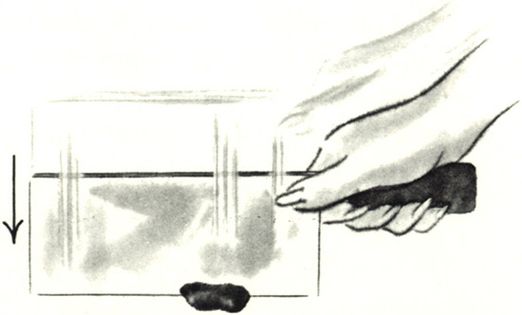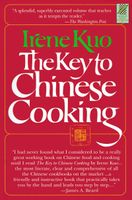Advertisement
Chopping
By Irene Kuo
Published 1977

To chop poultry: 1) Disjoint the wings; the trick is to snap back the joint and expose the connecting bone. 2) Then slice through the connecting bone at the shoulders and thighs; snap back and cut through, removing leg and thigh on each side. 3) Now turn the body on its side and, with one strong whack with your cleaver at the base of the ribs, separate the breast from the back; you’ll probably need to whack firmly a second time to chop through the lower part. Place the breast rib side down and make a guideline cut lengthwise almost down the center but a little to one side of the ridge. 4) Following that line whack the top of your knife with a wooden or rubber mallet to divide the breast into two sections. Then cut each half crosswise into three or four pieces. The work on the breast may look hard at first (and it is unusual cutting in Western cuisine), but with practice and convincing chops, you will soon find it easy. 5) Chop each wing and whole leg crosswise, always keeping the turns—the major joints where the upper wing meets the lower and the thigh meets the drumstick—intact. A wing should be cut into three pieces; the leg and thigh into five pieces. Not only are the soft connecting bones rather nice to eat when intact, but if you’re called on to reassemble a cut fowl into a symbolic whole, as many Chinese recipes specify, the result will look much better.

